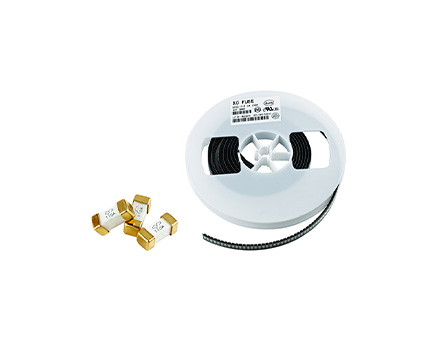
In order to reduce losses and unnecessary trouble, the use of corresponding protective components in the circuit allows design engineers to quickly and better identify and analyze fault problems after designing the circuit, without damaging the newly designed circuit. Circuit protection components are essential in circuits.
The types of protective components in the circuit include: fuse tubes, temperature fuses, current fuses, self recovery fuses, overcurrent protectors, surge protectors, gas discharge tubes, varistors, overvoltage overcurrent protection, overheating protection, thermistors, LED drive overheating protection, circuit breakers, hybrid protectors, LED protection components, and ESD protection devices.
Circuit protection devices mainly include overvoltage protection devices, overcurrent protection devices, and overvoltage protection devices.
Overvoltage Protection Device (OVP): Used to protect subsequent circuits from load shedding or instantaneous high voltage damage. Commonly used overvoltage protection devices include varistors, transient voltage suppressors (TVS), electrostatic suppressors, and discharge tubes. For example, transient suppression diodes (TVS, also known as transient voltage suppressors), ESD suppressors, ceramic gas discharge tubes, etc.
Overcurrent protection devices: Overcurrent protection devices mainly include disposable fuses, self recovery fuses, fuse resistors, and circuit breakers. Among them, the most important overcurrent protection device is a fuse, also known as a fuse.
Over temperature protection devices: mainly including thermistors (WHPPTC), temperature switches, and temperature fuses. In power supply design, NTC thermistor surge suppressors are often used as over temperature protection because their ability to suppress surge current is equivalent to that of ordinary resistors, but their power consumption on resistors can be reduced by tens to hundreds of times.
Read recommendations:
The specific application of patch self recovery fuses.mini cooper fuse box diagram